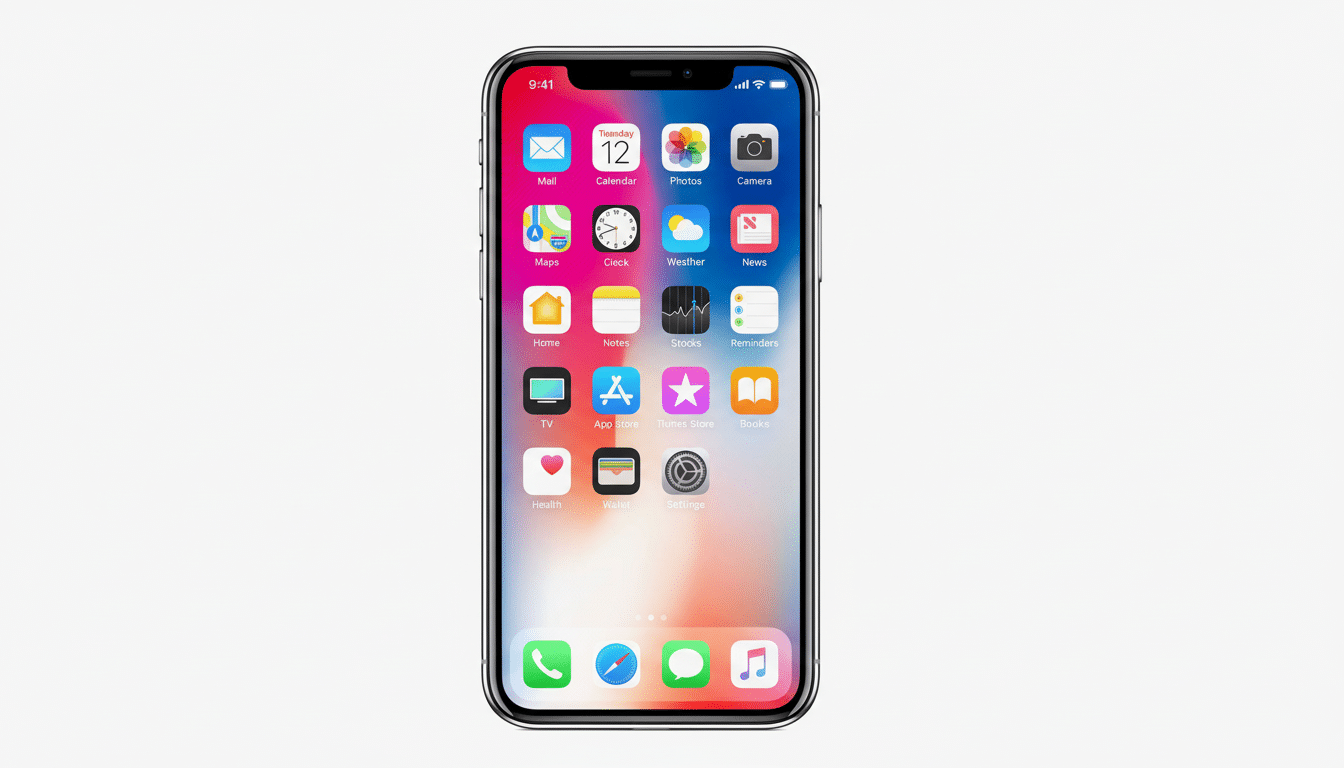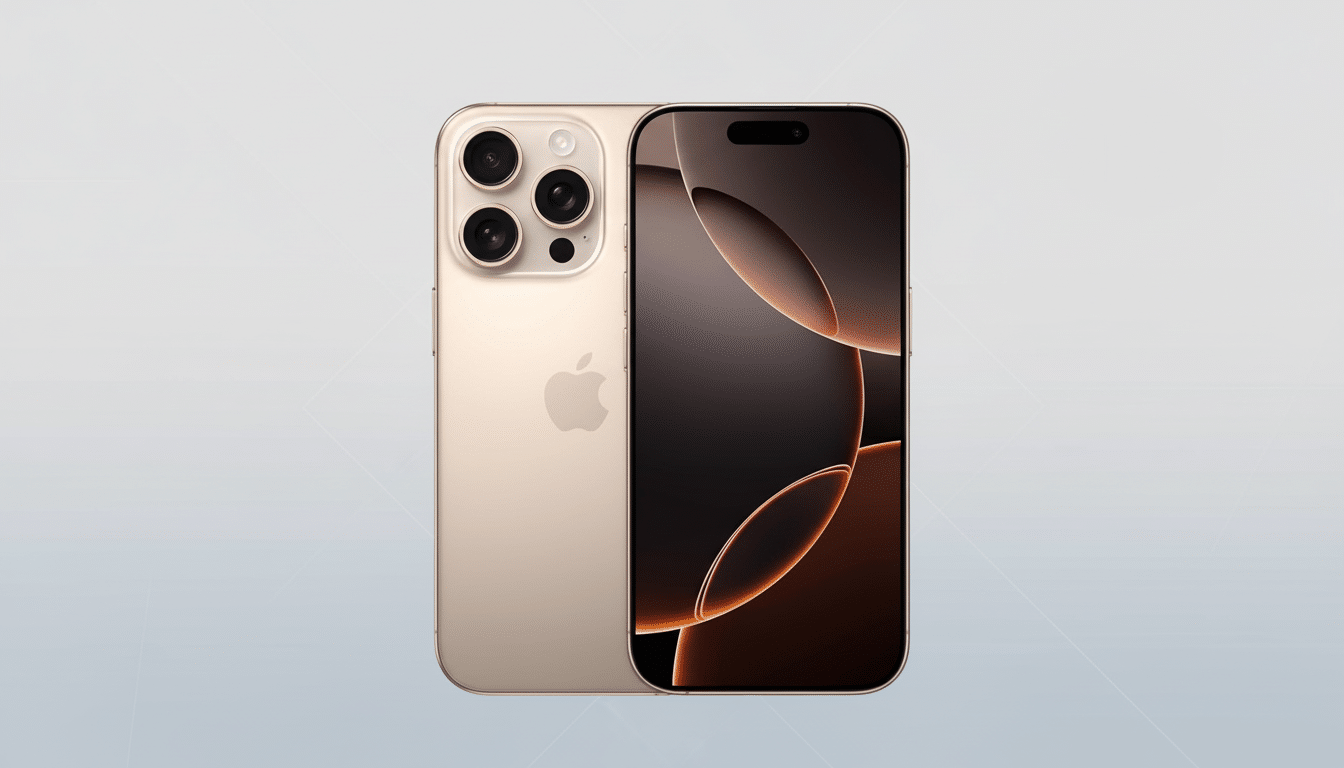A small change within Google Translate might lead to a big improvement for life on the road. Google is experimenting with a full-screen view for translated text on Android, allowing you to expand a phrase or sentence so that it fills the screen in larger type that’s easier to read. It’s a small thing, but for anyone who has ever attempted to communicate an address to a taxi driver or haggled his way through lunch when the only language that seems to be understood is holding up dollar signs, this is the kind of finesse that counts.
It’s already an option on iPhone, and early reports from Android quietly indicate that a wide rollout is imminent.

Combined with AI upgrades in progress that add on-the-fly prompts that are a little smarter, Translate is quietly becoming more appropriate for real-world, face-to-face conversation — not just text you copy and paste.
What Google Is Testing in the New Translate Update
In the most recent Android builds, Translate has the ability to display the translated text in an extra-large font that takes up the entire screen when prompted by a dedicated control. The idea is basically straightforward: take the effort out of telling someone across a counter, behind a steering wheel, or just a few feet away what you’re trying to say if you don’t want to squint or keep handing them your phone.
Functionally, absolutely nothing about the translation itself changes. What is different, though, is how you’re presenting it — big, bold, and legible from a distance. That also comes in handy for rapid screenshots or share operations, particularly when you want a sharp-looking text image for messaging or offline storage.
The Importance of Full Screen When You’re on the Road
Travel scenarios are rarely ideal. You may be ordering at a busy vendor stall, navigating directions in a loud train station, or wanting to chat late at night when there’s minimal light. There’s a full-screen translation where you can hold up the screen with a clear phrase — “Two tickets to Kyoto, please” or “No peanuts, allergy” — and move on. It might also come in handy when you have to contend with fogged glasses from high humidity or a screen protector that has become scratched.
Practical accessibility is nice, as well. Billions are estimated by the World Health Organization to live with a type of vision impairment. Larger, bold text minimizes mistakes in high-stakes environments such as taking medications or making payments. Now, this is a small UI tweak that isn’t exactly breaking new ground — accessibility standards have long recommended this style of readability.
iPhone Parity Is a Sign That Android Rollout Is Nigh
Since the iOS app already has a full-screen display, Android users probably won’t have to wait long. Feature parity between platforms tends to happen soon after an experience is proven on one side, and Translate is a flagship tool for Google. A unified interface minimizes confusion for travelers moving from one device to another, or sharing tips with friends.
AI Buttons Signal Advances In Smart Translations
In addition to the visual changes, Google is testing new controls at the bottom of the results screen. Instead of a single follow-up button, testers now see two: “Understand” and “Ask.”

“Understand” seems to suggest why a translation reads as it does — its grammar, its choice of words, and even how formal or informal it might sound — which can be helpful in learning the language and preventing bad phrasing from getting through. “Ask” maintains that back-and-forth so you can further refine the result: ask for a shorter version, dial the tone up or down, or add nuance in things like honorifics in Japanese or formal address in Spanish. It’s a step toward multi-turn, context-aware translation — a trend we’re seeing across language tools as generative AI matures.
So in the race, rivals are moving there, too. Microsoft’s Translator and DeepL come with example sentences for context and formality toggles, while Apple’s Translate emphasizes clean, conversational modes. Adding a layer of explainable outputs — along with their contentiousness; it might not be an AI fad all consumers love — may distinguish Google as the go-to service for travelers who prefer both accuracy and cultural fit.
A Larger Change Behind a Small Translate Feature
The timing is savvy. Global travel has surged back to pre-pandemic levels, and even beyond them, according to the UN World Tourism Organization — bringing language tension straight back into daily itineraries. In the meantime, Google is also announcing that Translate may now be available in over 240 languages after a huge expansion fueled by its AI models, expanding coverage to hundreds of millions more speakers.
In that context, a full-screen toggle is less frivolity and more an acknowledgment of Translate’s growth toward a tool for live, human connections with language — not solely static text.
When the stakes are clarity and respect — an allergy, an address, a medical issue, a social custom — visibility and nuance matter as much as translation accuracy.
How to Get It and What to Watch for on Android
As is typical, since this feature is flipped on server-side switches by Google, users could have this feature enabled in various places at different times. Make sure your app is up to date and look for a full-screen icon or control after you’ve translated some text. If you click the “Understand” and “Ask” buttons, they can be used to change tone, request a simpler explanation, or learn how a sentence is constructed before showing it.
The upshot: a small interface tweak might spare you from 12 cringe-inducing encounters on your next trip. If this is the direction in which Translate is heading, it gets a little closer than before to becoming the first travel companion you turn to — rather than simply when you’re in a pinch.

